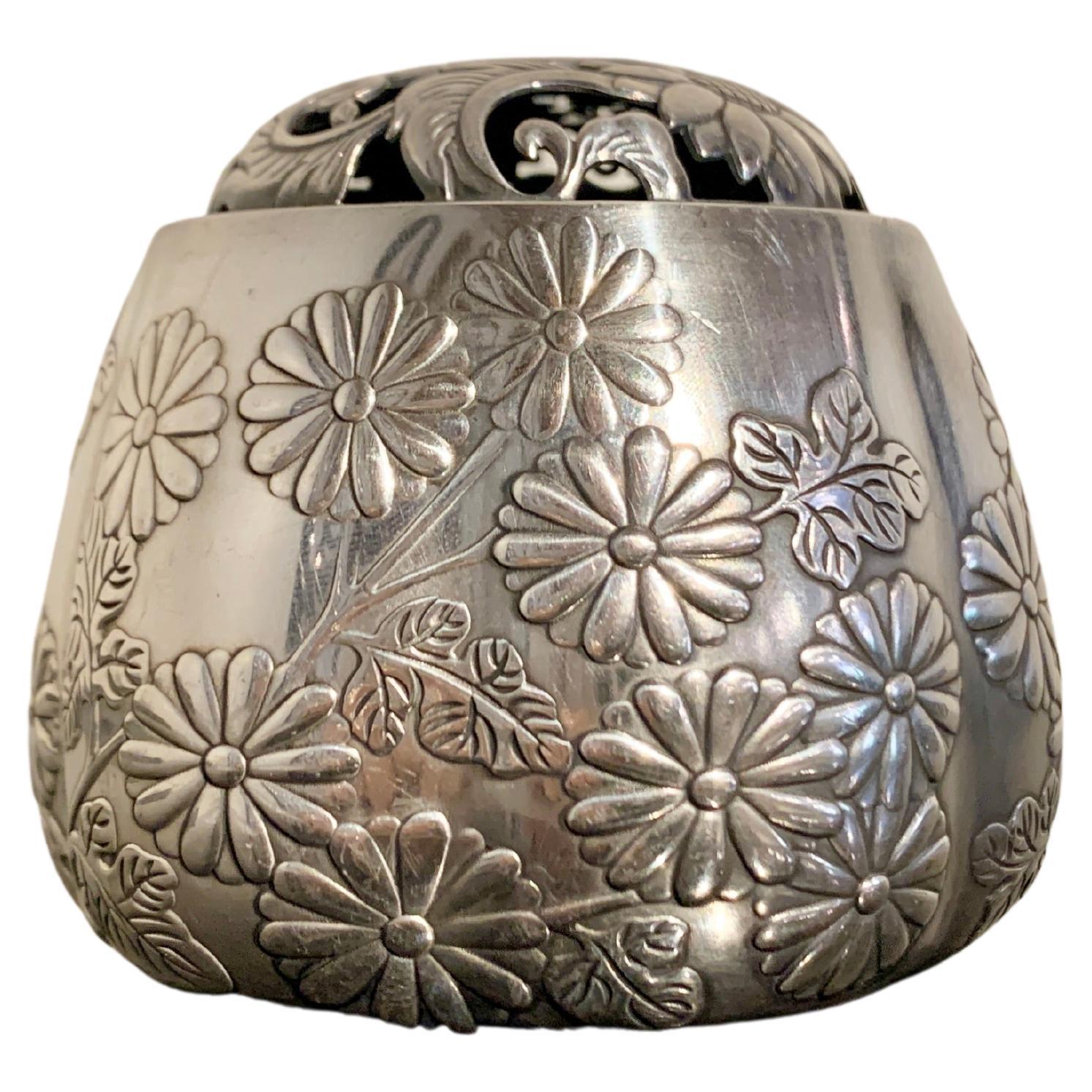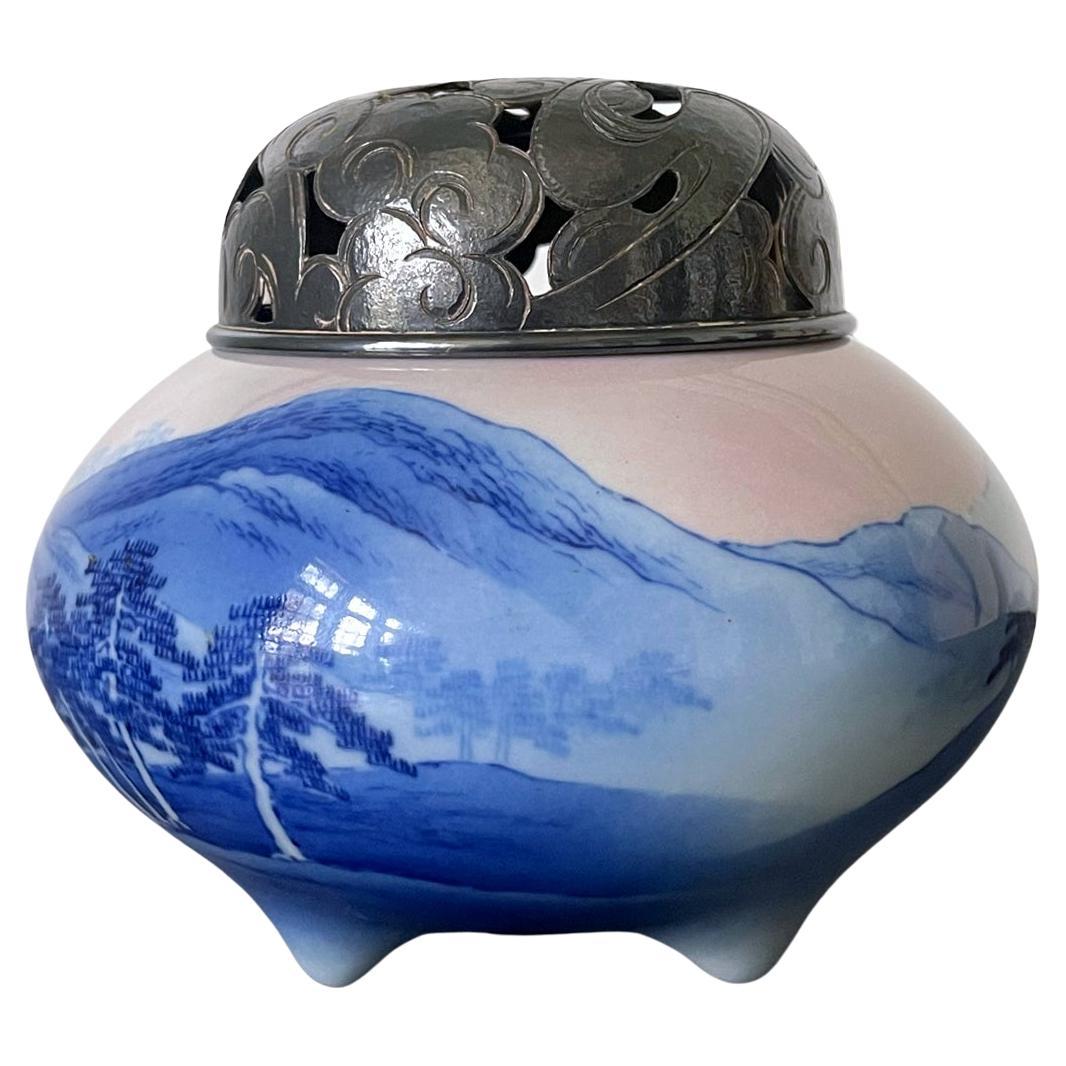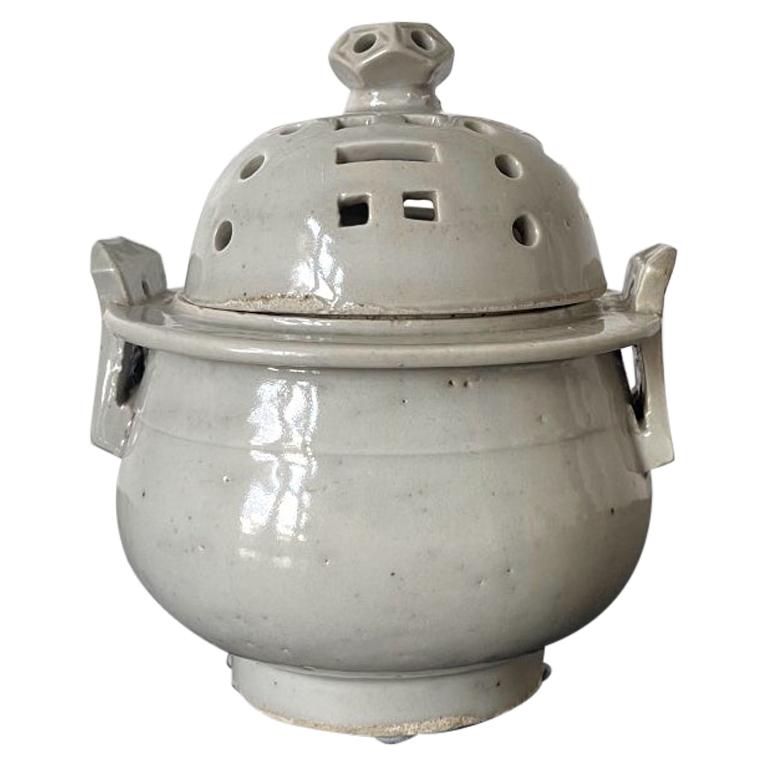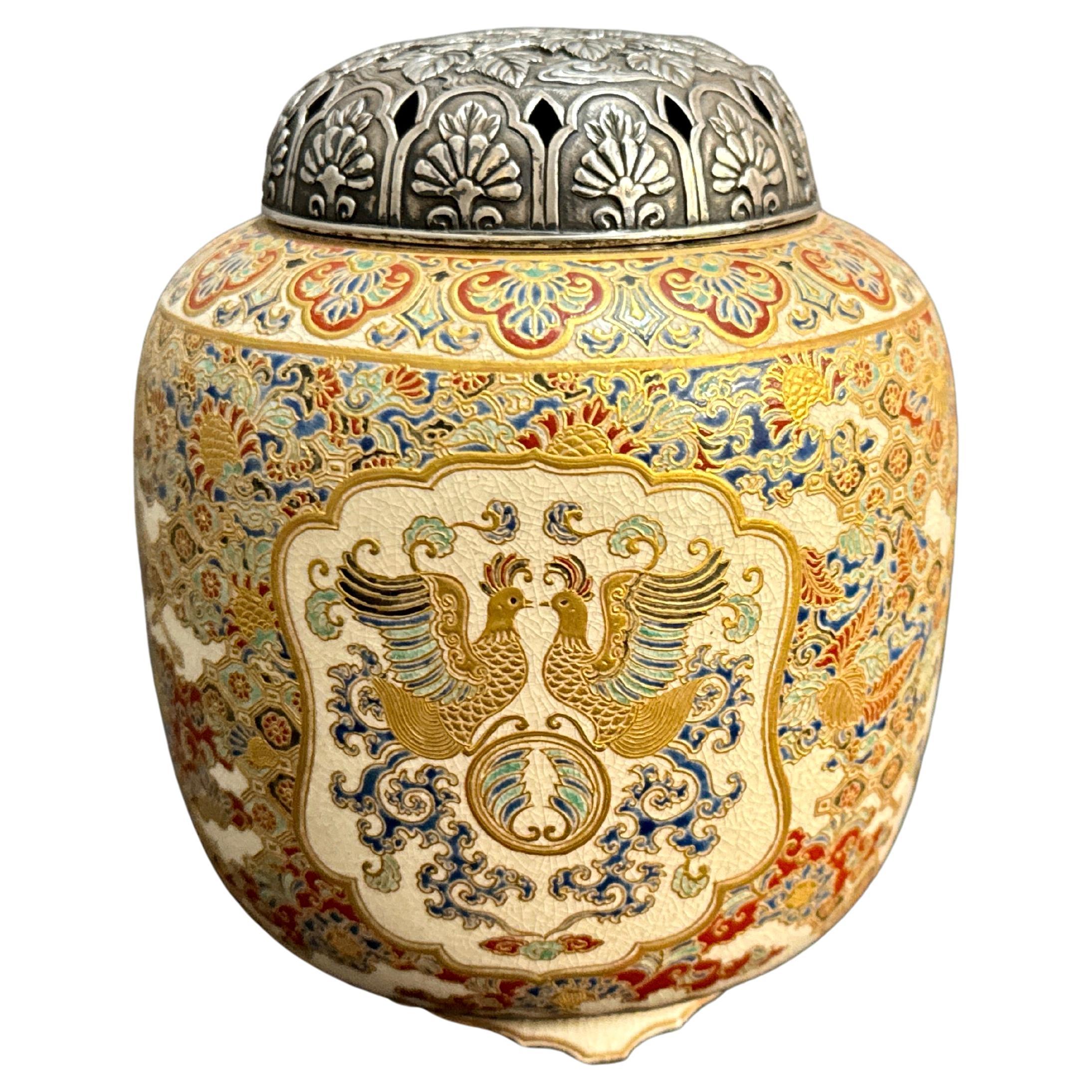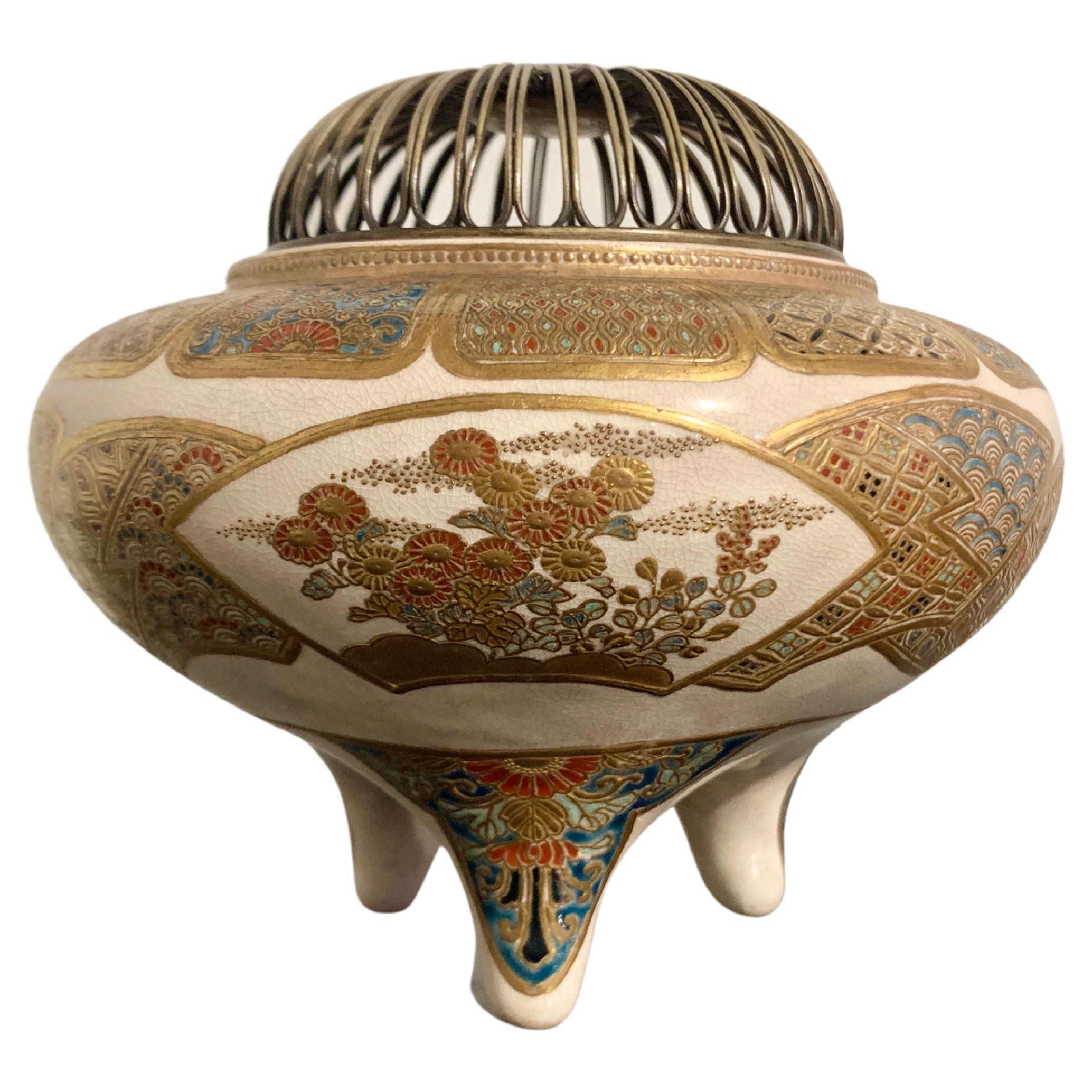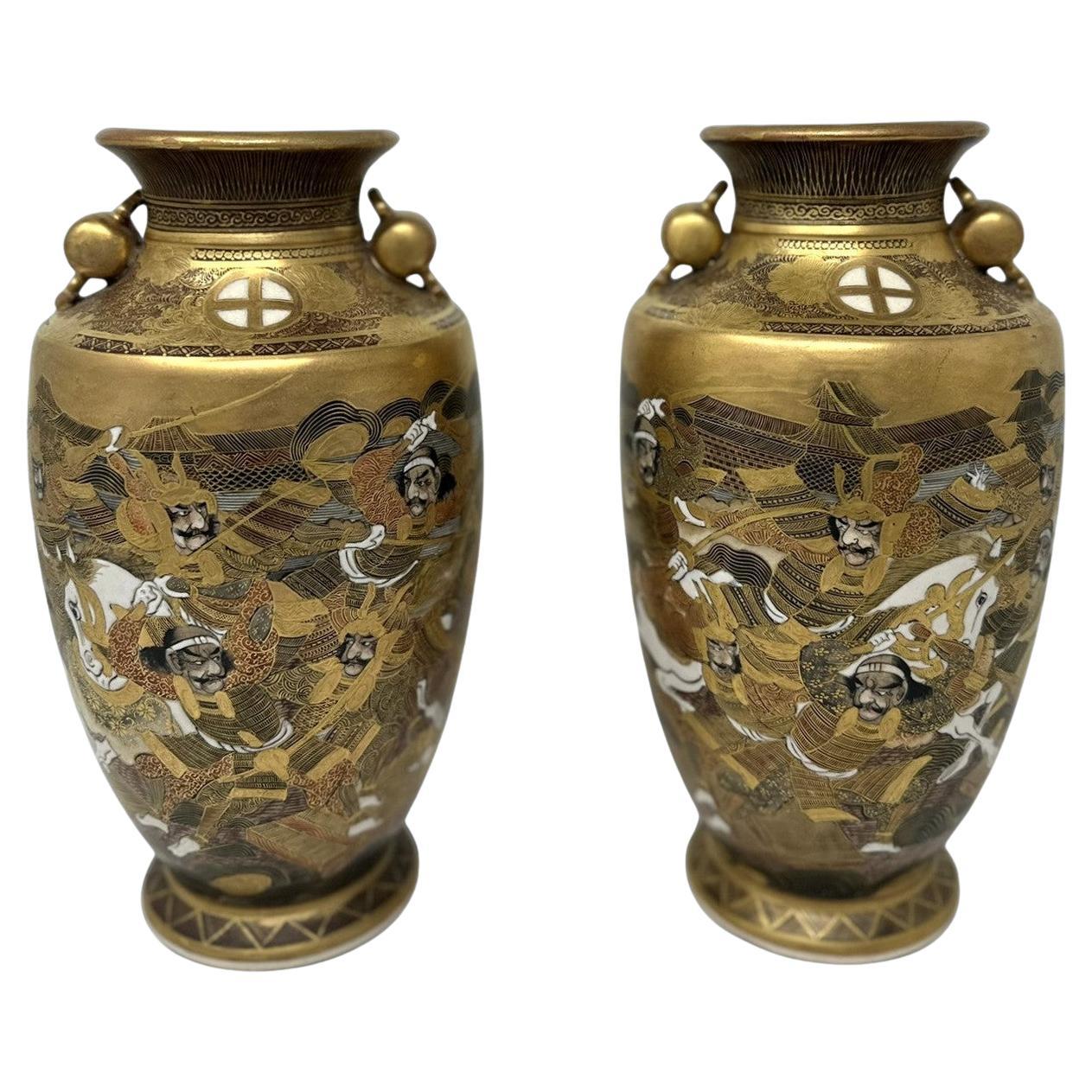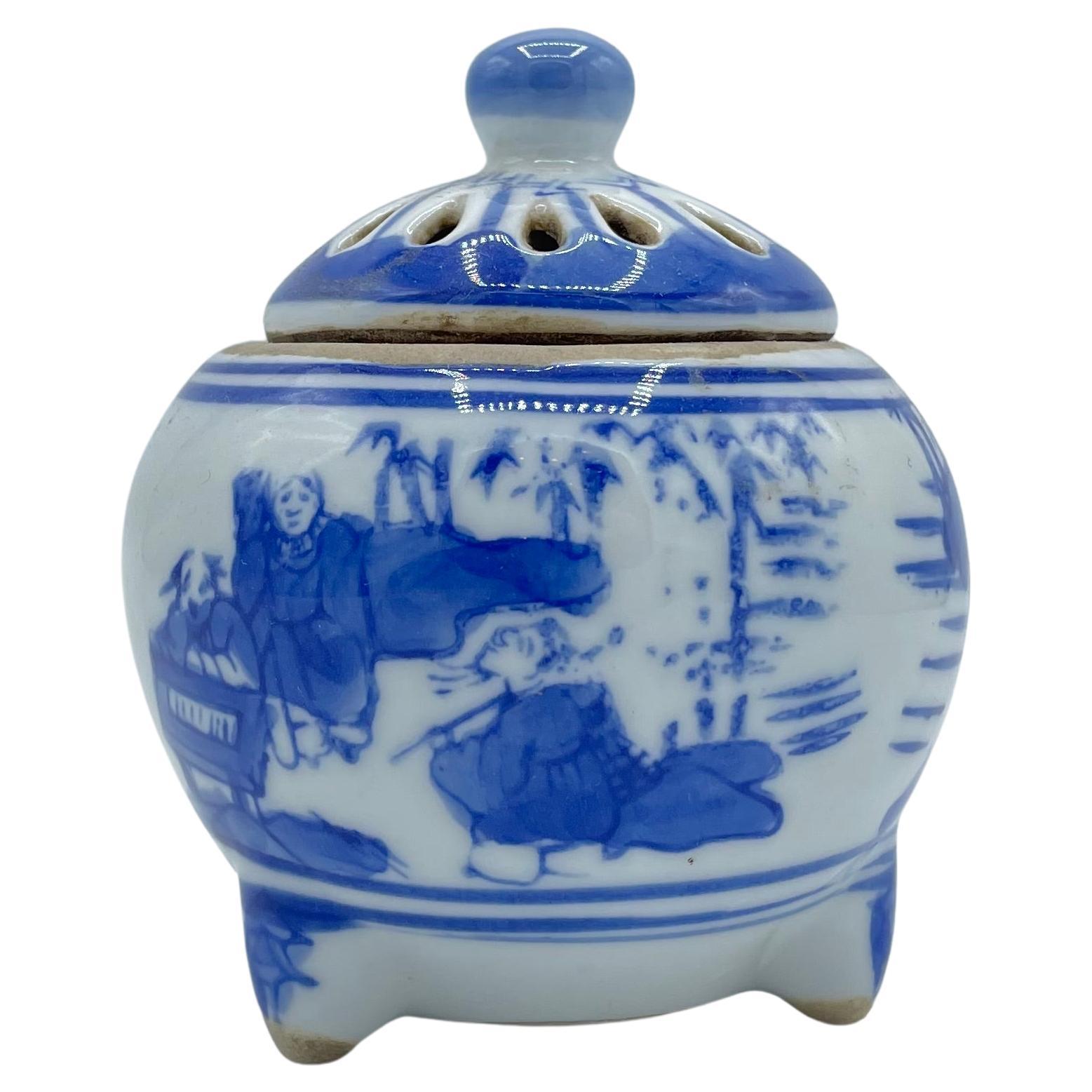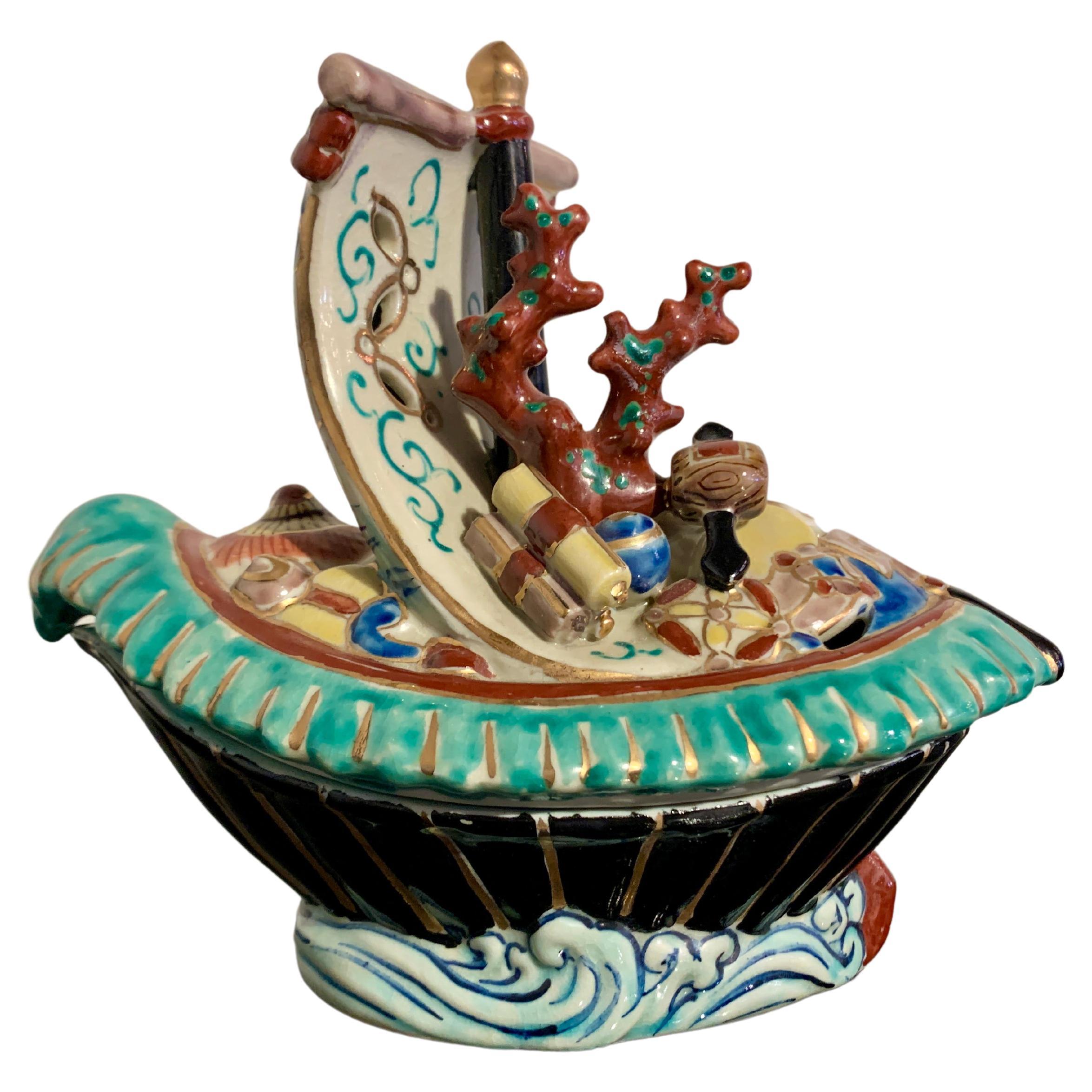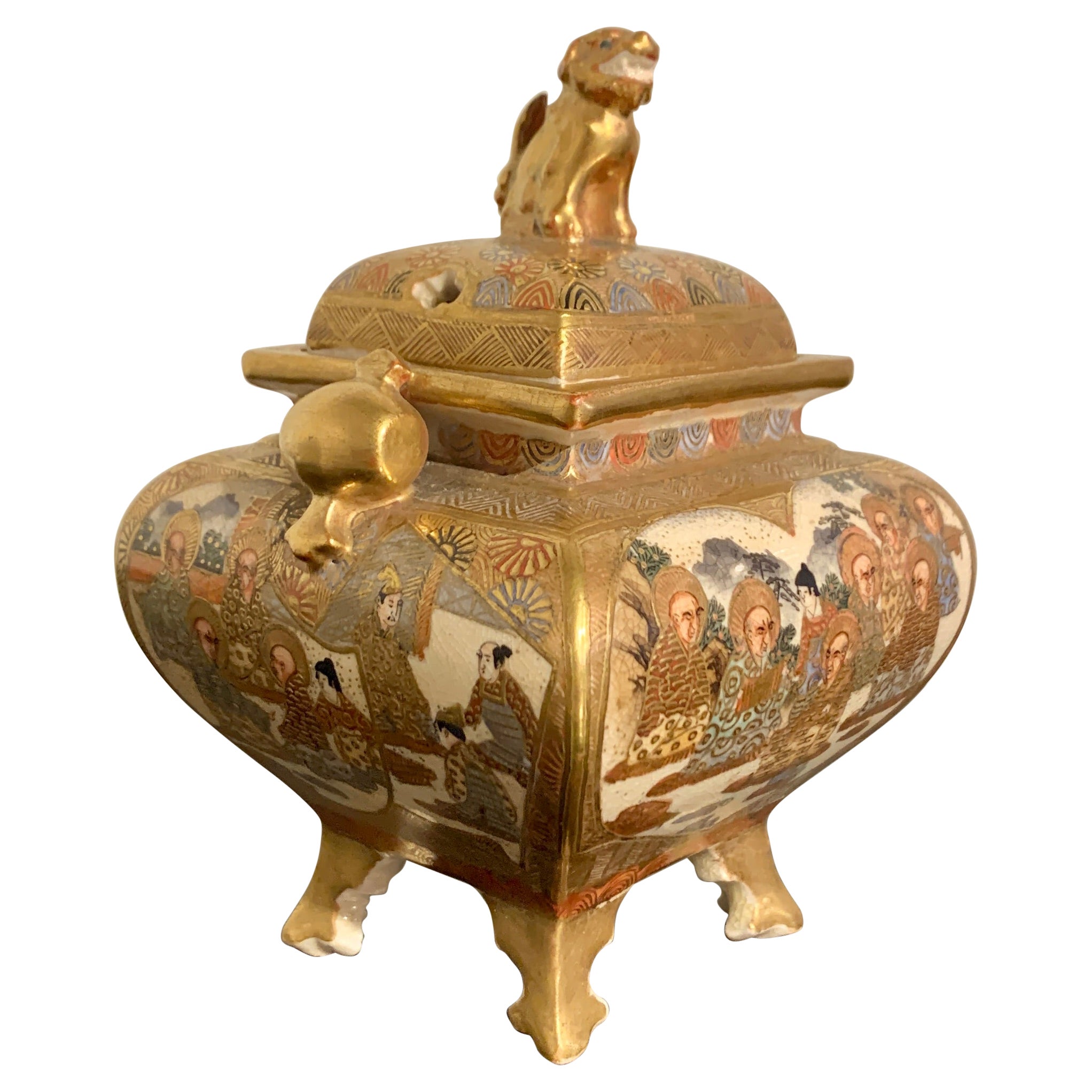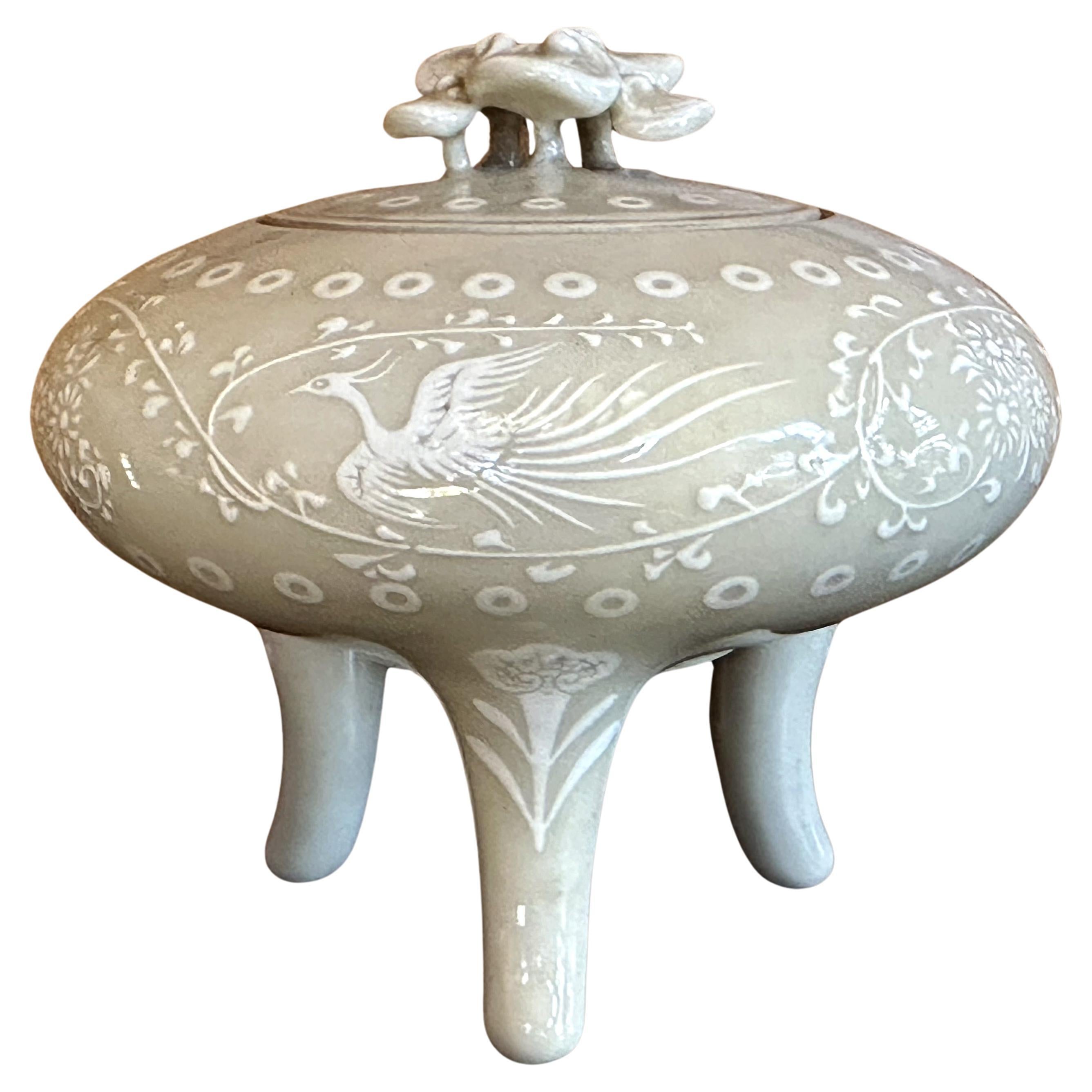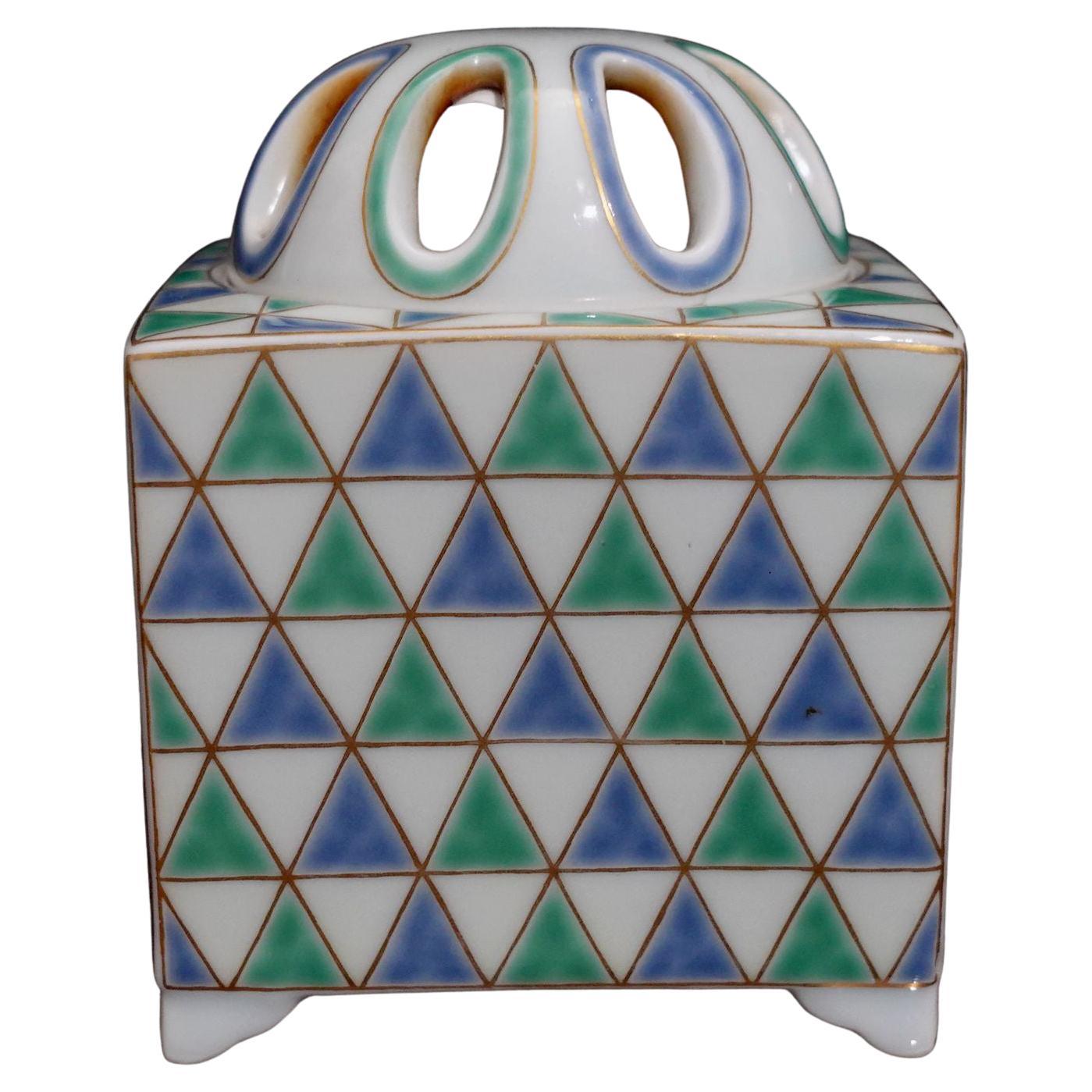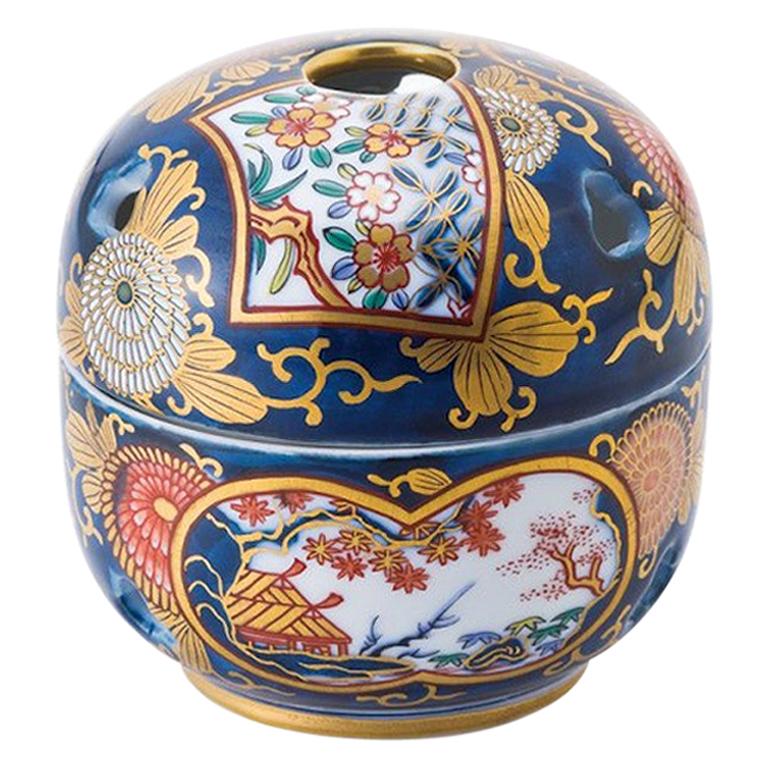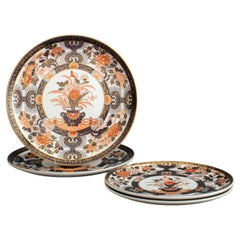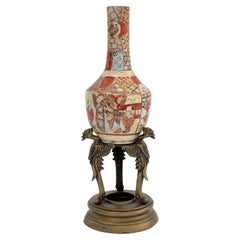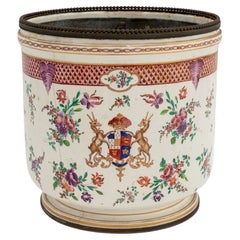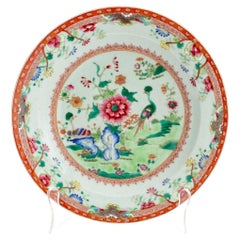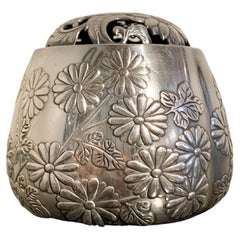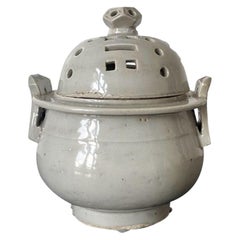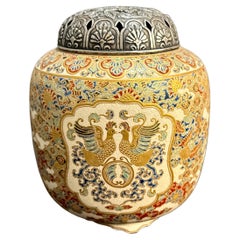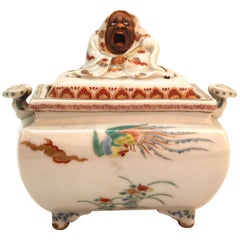
Japanese Meiji Period Kakiemon Porcelain Incense Burner of Daruma
View Similar Items
Want more images or videos?
Request additional images or videos from the seller
1 of 16
Japanese Meiji Period Kakiemon Porcelain Incense Burner of Daruma
$2,900List Price
About the Item
- Dimensions:Height: 8 in (20.32 cm)Width: 4 in (10.16 cm)Depth: 3.5 in (8.89 cm)
- Style:Meiji (Of the Period)
- Materials and Techniques:
- Place of Origin:
- Period:
- Date of Manufacture:Late 19th Century
- Condition:Wear consistent with age and use.
- Seller Location:Astoria, NY
- Reference Number:Seller: G228 - 113212 - 11181stDibs: LU889312721181
About the Seller
4.9
Gold Seller
Premium sellers maintaining a 4.3+ rating and 24-hour response times
1stDibs seller since 2010
2,580 sales on 1stDibs
Typical response time: 2 hours
Authenticity Guarantee
In the unlikely event there’s an issue with an item’s authenticity, contact us within 1 year for a full refund. DetailsMoney-Back Guarantee
If your item is not as described, is damaged in transit, or does not arrive, contact us within 7 days for a full refund. Details24-Hour Cancellation
You have a 24-hour grace period in which to reconsider your purchase, with no questions asked.Vetted Professional Sellers
Our world-class sellers must adhere to strict standards for service and quality, maintaining the integrity of our listings.Price-Match Guarantee
If you find that a seller listed the same item for a lower price elsewhere, we’ll match it.Trusted Global Delivery
Our best-in-class carrier network provides specialized shipping options worldwide, including custom delivery.More From This Seller
View AllJapanese Imari Porcelain Plates, 4
By Imari Porcelain
Located in Astoria, NY
Set of Four Japanese Imari Porcelain Plates, with floral vase motif to center medallion, comprising of: two dinner plates and two chargers. Larger: 12.5" Diameter. Provenance: From a...
Category
20th Century Japanese Other Ceramics
Materials
Porcelain
$950 / set
Japanese Satsuma Pottery Bottle Vase
Located in Astoria, NY
Japanese Satsuma Pottery Bottle Vase, with painted and gilt figural interior scenes mounted on brass griffin base. Overall: 12.25" H x 4.75" Diameter. Provenance: From the Collection...
Category
20th Century Japanese Meiji Ceramics
Materials
Brass
Chinese Export Armorial Porcelain Jardiniere
Located in Astoria, NY
Chinese Export Armorial Porcelain Jardiniere, 19th century, with metal mounted rim and metal insert, with pink floral and garland motif with crest to center, iron red character mark ...
Category
Antique 19th Century Chinese Chinese Export Ceramics
Materials
Metal
Chinese Export Famille Rose Porcelain Plate
Located in Astoria, NY
Chinese Export Famille Rose Porcelain Plate, with hand-painted central landscape scene with a peacock and flowers encircled by a scrolling floral border. 9" Diameter x 1.25" H. P...
Category
Antique Late 19th Century Chinese Qing Ceramics
Materials
Porcelain
Chinese Famille Rose Porcelain Bowl
Located in Astoria, NY
Chinese Famille Rose Porcelain Bowl, hand-enameled with ladies in a landscape scene to exterior and the eight immortals inside, red six character mark to underside, together with har...
Category
20th Century Chinese Qing Ceramics
Materials
Porcelain, Hardwood
Chinese Export Painted Porcelain Articles, 2
Located in Astoria, NY
Two Chinese Export Painted Porcelain Articles, circa 1750, comprising: bullet shaped teapot with silver spout, and oval reticulated platter with figural scene to the center. Silver t...
Category
Antique Mid-18th Century Chinese Chinese Export Ceramics
Materials
Porcelain
$1,450 / set
You May Also Like
Japanese Silver Incense Burner, Akoda Koro, by Nomura, Meiji Period, Japan
Located in Austin, TX
A lovely and luxurious Japanese silver incense burner of lobed melon form, akoda koro, marked jungin and signed Nomura, Meiji Period, circa 1900, Japan.
The silver koro...
Category
Vintage 1910s Japanese Meiji Metalwork
Materials
Silver, Sterling Silver
Japanese Glazed Ceramic and Silver Koro Incense Burner Makuzu Kozan
By Makuzu Kozan
Located in Atlanta, GA
A tri-pod ceramic incense burner (koro) by Japanese Imperial potter Makuzu Kozan (1842-1916) circa late Meiji to the start of Taisho period (1890-1910s). A fine example of the artist's work belonging to the late part of his underglaze paint phase (started around 1887 until his death), the surface of the koro was painted in beautiful shades of blue to depict a continuous landscape not unlike a traditional ink and watercolor hand scroll. The rise and fall mountains recede and fade into the horizon and are dotted with groves of pines. The sky is painted with a beautiful subtle shade of pink, suggesting a time of sunrise or sunset. The koro is fitted with an ensuite reticulated sterling silver hoya (incense cover), pierced with swirling cloud and marked with "pure silver' in Kanji. The base is signed in underglaze blue "Makuzu Kozan Sei" within a double ring. The piece is beautifully potted in form and the decoration was done with expertise using the novel technique developed by Kozan called Fuki-e (the blow painting), in order to achieve the striking landscape known as "Mountain and Water" with sense of dimensions and gradient, the poetic effects normally conveyed only by sumi ink staining on paper. The piece comes with an unsigned tomobako (wood storage box) of a recent age.
Also known as Miyagawa Kozan (1842–1916), Makuzu Kozan was one of the most established and collected ceramist from Meiji Period. Born as Miyagawa Toranosuke, Kozan established his pottery studio in Yokohama around 1870s and later became one of the appointed artists to the Japanese Imperial household. His work was exhibited in many international fairs that the Meiji government participated at the turn of the century and won many grand prizes. Being one of the most creative ceramists, Kozan started experimenting with new chemical colors from the West in the format of his porcelain glaze around 1880s. New colors allowed him to create underglaze designs that appeared bright, smooth and glossy. He even invented his own receipt of cobalt blue to achieve a much brighter yet softer shade, as evident on this vase. To create landscape that is realistic and dimensional, more common in the western paintings, he was inspired by the native Japanese ink painting technique developed around 1900 by Yokoyama...
Category
Antique Early 1900s Japanese Japonisme Ceramics
Materials
Silver
Korean white Porcelain Ritual Incense Burner with Bagua Pattern Joseon Dynasty
Located in Atlanta, GA
An antique Korean ritual incense burner circa 19th century, late Joseon dynasty. It was made in Bunwon Kiln in Gwangju, Gyeonggi Do, near Seoul. The ceramic container has a thickly b...
Category
Antique 19th Century Korean Archaistic Ceramics
Materials
Ceramic
Japanese Satsuma Incense Burner, Koro, with Silver Lid, Meiji Period, Japan
Located in Austin, TX
A fantastic Japanese Satsuma incense burner, koro, with phoenix and brocade designs and a silver lid, Meiji Period, late 19th century, Japan.
The cens...
Category
Antique 1890s Japanese Meiji Ceramics
Materials
Silver
Japanese Satsuma Incense Burner, Koro, Meiji Period, Late 19th Century, Japan
Located in Austin, TX
A fine and elegant Japanese Satsuma tripod incense burner, koro, with pierced metal lid, signed Eizan (?) Meiji Period, late 19th century, Japan.
The koro, or censer, features a stoneware body of slightly compressed globular form, supported on three short and squat legs. The wide mouth with a recessed metal rim, and topped by an openwork metal lid topped with overlapping chrysanthemum blossoms of silver repousse.
The body of the koro finely painted with fan shaped cartouches. The fans in the foreground with sprays of blossoming chrysanthemum. The fans in the background with intricate geometric brocade designs.
The shoulder of the incense burner decorated with cartouches formed as stylized chrysanthemum petals, and intricately decorated with geometric and floral brocade designs.
The painting finely done in raised gilt and polychrome enamels, including the highly desirable gosu blue...
Category
Antique Late 19th Century Japanese Meiji Ceramics
Materials
Silver, Metal
Antique Pair Japanese Satsuma Hand Painted Vase Urns Meiji Period 1868-1912
Located in Dublin, Ireland
Stunning Pair of early Meiji period Satsuma heavy gauge earthenware Rouleau Japanese Vases of Museum quality and generous proportions. These beautiful Satsuma-ware vases were made du...
Category
Antique 19th Century Japanese Anglo-Japanese Ceramics
Materials
Ceramic, Porcelain
Recently Viewed
View AllMore Ways To Browse
Meiji Incense Burner
Japanese Daruma
Made In Japan Hand Painted
Antique Blue And White China
Japanese Gilt
Japanese Imari
Antique Asian Plates
Antique Chinese Blue And White Porcelain
Chinese Blue And White Ceramics
Japanese Porcelain Imari
Vintage Asian Ceramics
Famille Porcelain
Blue Imari
Imperial China
Ming Dynasty
Ming Dynasty Furniture
Chinese Ming Dynasty
Chinese Porcelain Blue Glaze
